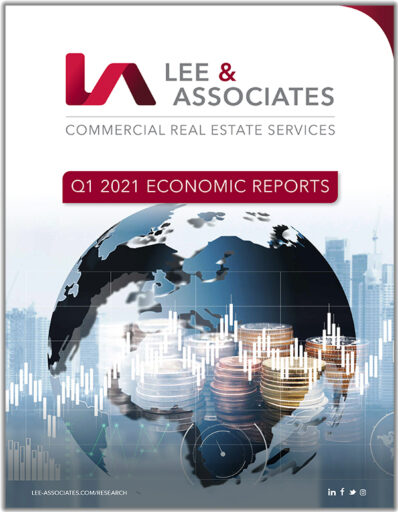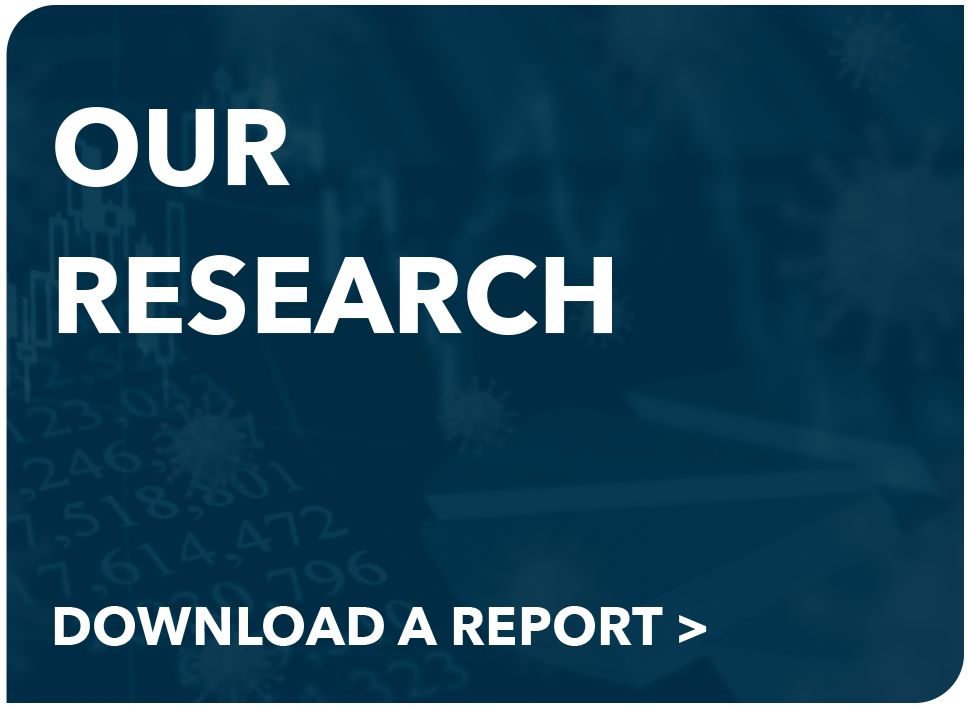GDP GROWTH:
Flush with hundreds of billions of federal stimulus dollars, consumers delivered a positive jolt to the U.S. economy in the first quarter as the Commerce Department reported that GDP came in at a 6.4% seasonal adjusted annual rate. “This signals the economy is off and running and it will be a boom-like year,” said Mark Zandi, chief economist at Moody’s Analytics. “Obviously, the American consumer is powering the train and businesses are investing strongly.”
Although some economists expected the quarterly estimate to show fractionally more growth, it was the second-largest increase since 2003 and brings the U.S. economy to within 1% of its peak reached in late 2019.
The first-quarter gain also reflects increases in nonresidential and residential fixed investments and local, state and federal government aid to business and spending on vaccine distribution. The rate of fully vaccinated persons in the U.S. is nearing 40%. As a result of widespread vaccinations and economic stimulus, the U.S. is ahead in the global recovery in contrast to the 2008-09 recession when China and Brazil led the way. Consumers, who account for 68.2% of the economy, boosted their spending by 10.7% in Q1, compared with a 2.3% increase in Q4. READ MORE >
EMPLOYMENT OVERVIEW:
Total nonfarm payroll employment increased by 916,000 in March and the unemployment rate edged down to 6% reflecting resumption of economic activity, the U.S. Bureau of Labor Statistics reported. Job growth was widespread and led by gains in leisure and hospitality, public and private education, and construction. The unemployment rate was 6.7% at the start of the year.
The rate is down considerably from April 2020 but is 2.5 percentage points higher than its pre-pandemic level in February 2020. It’s an improvement from December when the job market suffered its first contraction since last spring with employers cutting 140,000 jobs.
In March, 21% of employed persons worked remotely because of the pandemic, down from 22.7% a month earlier. About 11.4 million persons reported in March that they had been unable to work because their employer closed or lost business due to the pandemic. This is down from 13.3 million in the previous month. Total nonfarm payroll employment increased by 916,000 in March but is down by 8.4 million, or 5.5%, from its pre-pandemic peak in February 2020. READ MORE >
MONETARY POLICY OVERVIEW:
The Federal Reserve has no plans to raise interest rates until the annual inflation rate averages 2% and unemployment has returned to pre-Covid levels.
In recent interviews and other public remarks, Federal Reserve Board Chairman Jerome Powell reiterated the central bank’s position on holding interest rates steady and said any move to raise rates will be preceded by a reduction in the level of debt the Fed has been buying, now at at least $120 billion a month.
“We will taper asset purchases when we’ve made substantial further progress toward our goals, from last December when we announced that guidance. That would in all likelihood be before – well before – the time we consider raising interest rates,” Powell told a virtual event of the Economic Club of Washington, D.C., on April 14.
At the end of Q1 the Bureau of Labor Statistics reported annual inflation was running at 0.6%. Powell said most central bank officials see rates remaining near zero through 2022. His comments came the day after the Labor Department reported the largest one-month jump in the consumer price index since 2012. READ MORE >
GLOBAL ECONOMY OVERVIEW:
A year into the pandemic, sentiment is improving with expanding vaccine distribution in most developed countries. Also, reduced economic activity in 2020 by the pandemic is estimated as less severe than earlier forecasts by global banking policymakers. Nevertheless the accumulating human toll has been acute, and world banking institutions warn that economic activity and incomes may be depressed for a prolonged period.
The global economy should grow at 6% in 2021, moderating to 4.4% in 2022, according to the International Monetary Fund’s latest forecast at the beginning of Q2. The fund’s new estimates follow its finding of a 2020 contraction of -3.3% GDP, which was unprecedented in its speed and synchronized nature,
The fund’s latest world economic growth projection shows that United States gross domestic product is expected to hit 6.4% in 2021, 5.3% in the United Kingdom, 5% in Canada, 4.4% in the Eurozone and 3.3% in Japan.
The World Bank in Q1, however, posted a 2021 forecast in January showing 7.4% GDP growth in East Asia and the Pacific, 3.3% for the United States, Europe, Central and South Asia, 3.7 in Latin America and the Caribbean. The World Bank’s latest analysis in Q1 placed the potential for 2020 global growth at 5% in the event of swift vaccine distribution and offered no optimism for a rapid recovery. READ MORE >




